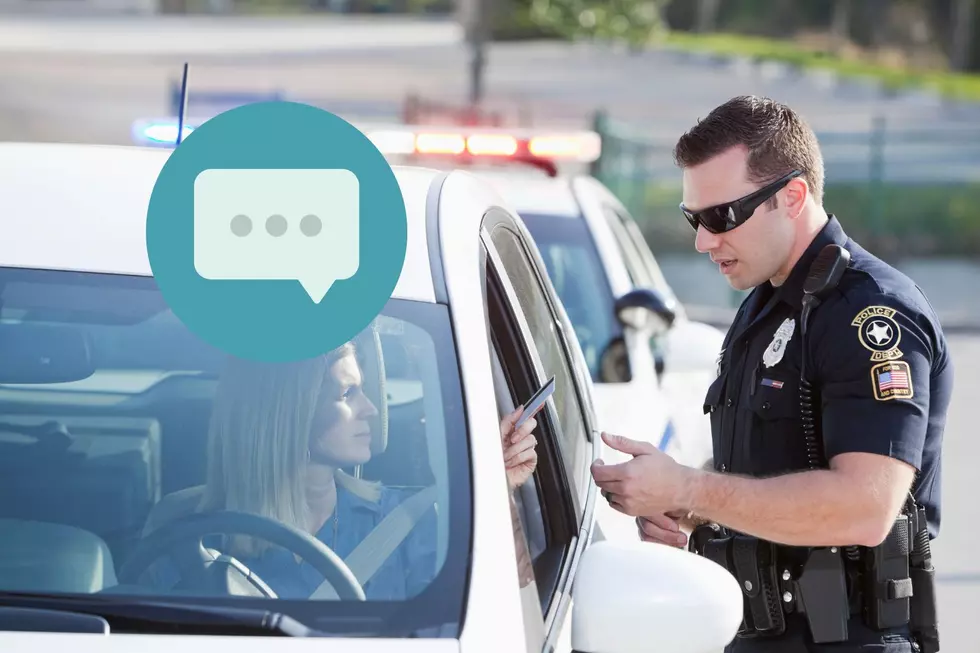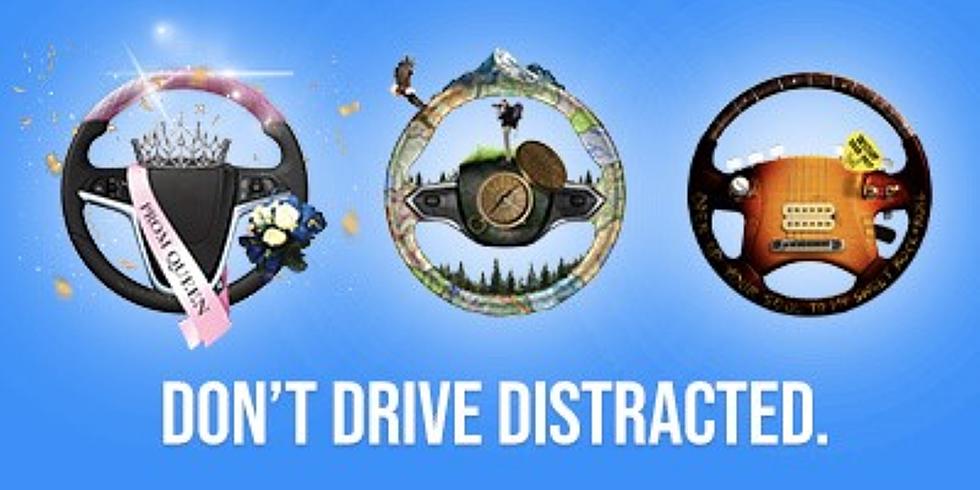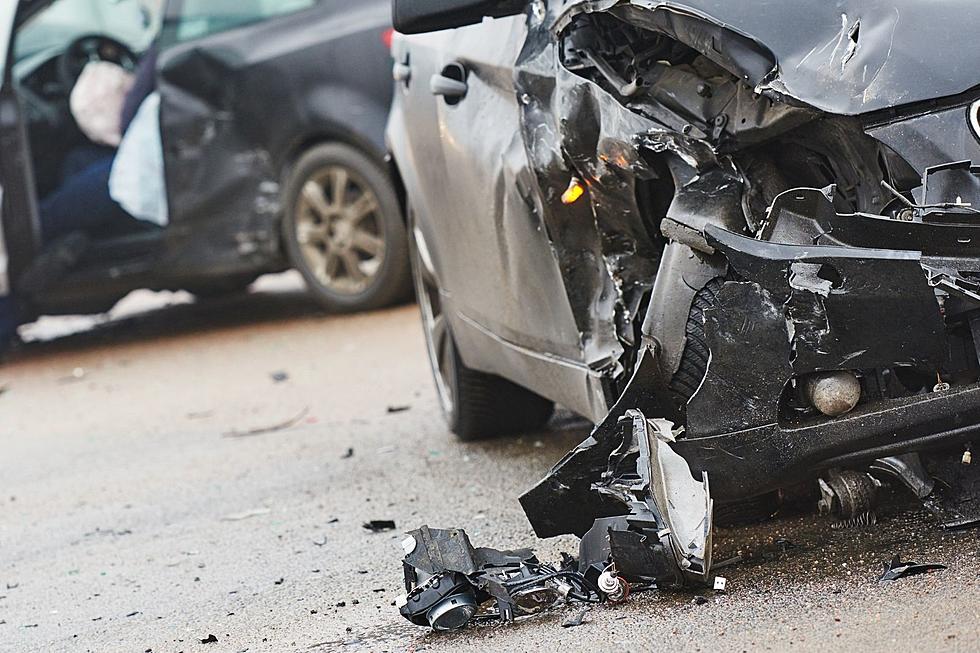![NJ Highway Traffic Officials Call For Focus On Distracted Driving [AUDIO]](http://townsquare.media/site/385/files/2012/10/Distracted-Driving.jpg?w=980&q=75)
NJ Highway Traffic Officials Call For Focus On Distracted Driving [AUDIO]
Motor vehicle crashes are the number one cause of death among teenagers in the United States. It's with that startling statistic in mind that the Division of Highway Traffic Safety is helping raise awareness, during National Teen Driver Safety Week (Oct. 14 to 20), of the tremendous risks teens confront on the roads everyday.
"Driving is a privilege that all teenagers look forward to and want to enjoy. But it is important that we equip them with the right knowledge and provide them with rules that will ensure they stay safe on the road," said Attorney General Jeffrey Chiesa. "New Jersey has some of the most progressive and effective teen driver laws and educational programs in the country, but it is still vital that we take every opportunity to emphasize safe driving habits to our young drivers."
Last year, 18 teen drivers were killed in motor vehicle crashes in New Jersey. That represents a 10-year decline of 56 percent from 2001, when 41 teen drivers were killed. This 10-year drop-off in teen driver fatalities in New Jersey exceeds the national average for a similar period by 9 percent.
But despite this progress, distracted driving has emerged as a major concern for teen drivers. One-in-10 teen motor vehicle fatalities nationwide are a result of distracted driving, and young drivers are two-to-three times more likely than older drivers to send a text or email while driving.
"All drivers can be distracted by cell phones, adjusting the radio, using a navigation system, CD player, or MP3 device. However, it is our most inexperienced drivers-teens-who are the most likely to put themselves and others in harms way by driving distracted," said Division of Highway Traffic Safety Acting Director Gary Poedubicky.
Last month, Attorney General Chiesa joined with Poedubicky and other officials to talk to 800 teens at Clearview Regional High School in Gloucester County about the dangers of distracted driving. Chiesa cited research that concluded sending just one text impaired a teen driver the same as driving drunk.
Research from the National Highway Traffic Safety Administration (NHTSA) and the Children's Hospital of Philadelphia (CHOP) has determined that driving can be a dangerous endeavor for teens, especially without parental control of the car keys.
Data from CHOP suggests that an authoritative parent can have a major impact on a teen's safety behind the wheel. The Division of Highway Traffic Safety and Kean University have developed a program with this concept in mind: "Share The Keys." Share The Keys is an evidence-based, data-driven safe driving orientation for parents and teens. The orientation brings parents and teens together as a joint audience, empowering them with information, resources and tools to cultivate safe driving attitudes and behavior.
"Share the Keys" is approximately 90 minutes in length and designed for parents and their teens in the pre-permit or permit state of licensure (parents and their teens already holding a probationary license will also benefit). The orientation is presented by trained facilitators in community-based settings (i.e. schools, libraries) and can be linked to classroom driver education programs and back-to-school nights.
The orientation has five key objectives:
- Understanding the Graduated Driver License (GDL) -- The GDL is the most effective tool in reducing teen driver crashes, injuries and deaths. It's imperative that both parents and teens fully understand the law in order to benefit from its lifesaving restrictions.
- Being a Good Role Model -- Researchers have found that teens mimic their parent's driving behaviors. Parents can effectively reduce their teen's crash risk by adopting safe driving practices such as obeying the speed limit and avoiding distractions.
- Effectively Enforcing the GDL at Home -- Forty percent of all fatal crashes involving teen drivers occur after 9 p.m. and teens with just one passenger have nearly twice the risk of being involved in a fatal crash than those who drive alone. By enforcing these two restrictions of the GDL parents minimize their teen's exposure to crash risk.
- Increasing Practice Driving Hours -- During the first 12-24 months of driving, teens are at the greatest risk for being involved in a crash. Since crash risk decreases with driving experience, it's crucial that parents fit in at least one hour per week of practice driving with their teen driver.
- Controlling the Keys -- Research by CHOP revealed that teens who requested permission to use the car were half as likely to be involved in crashes when compared to teens that had primary access. Parents can establish a verbal contract with their teens by asking them where they are going, who they are going with and when they will be back.
More From New Jersey 101.5 FM









